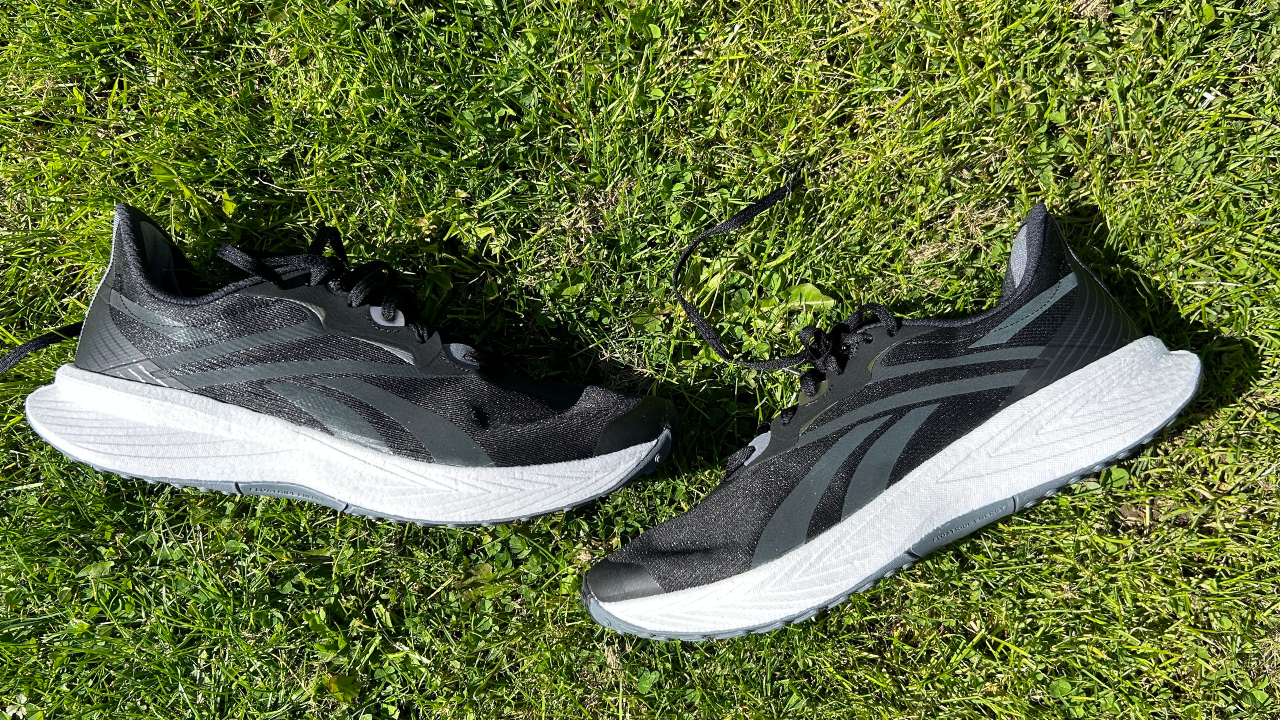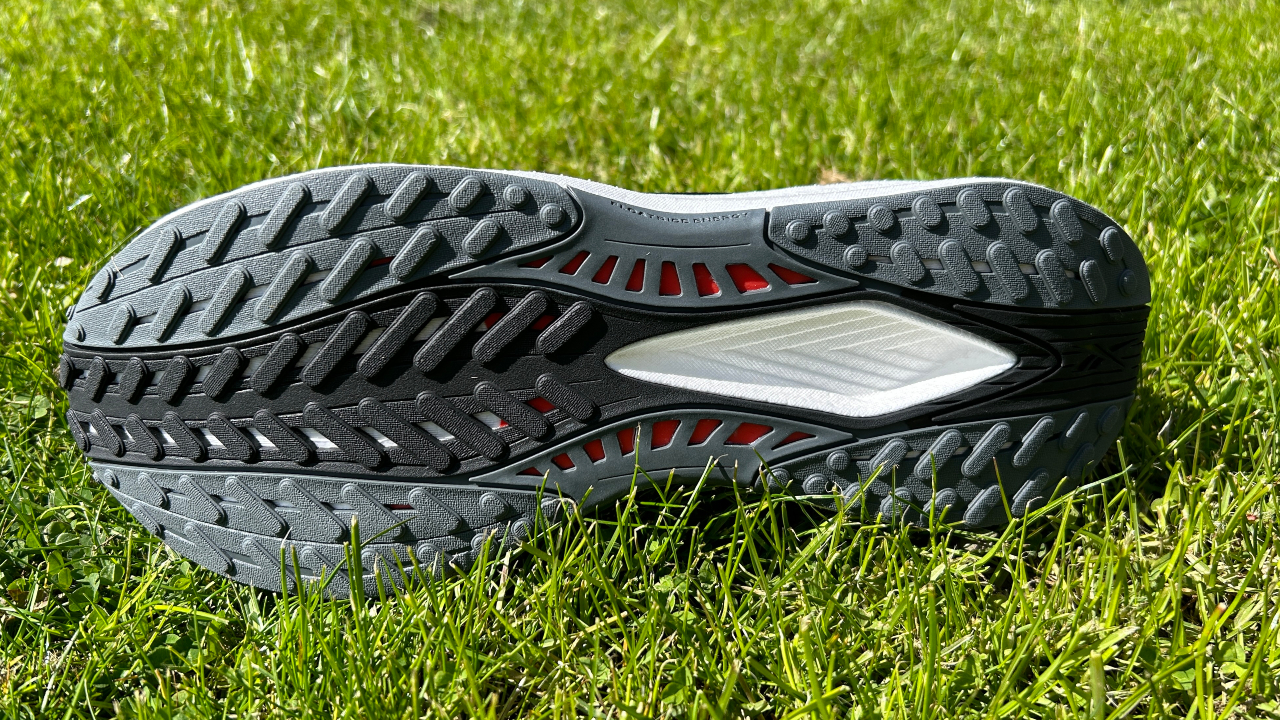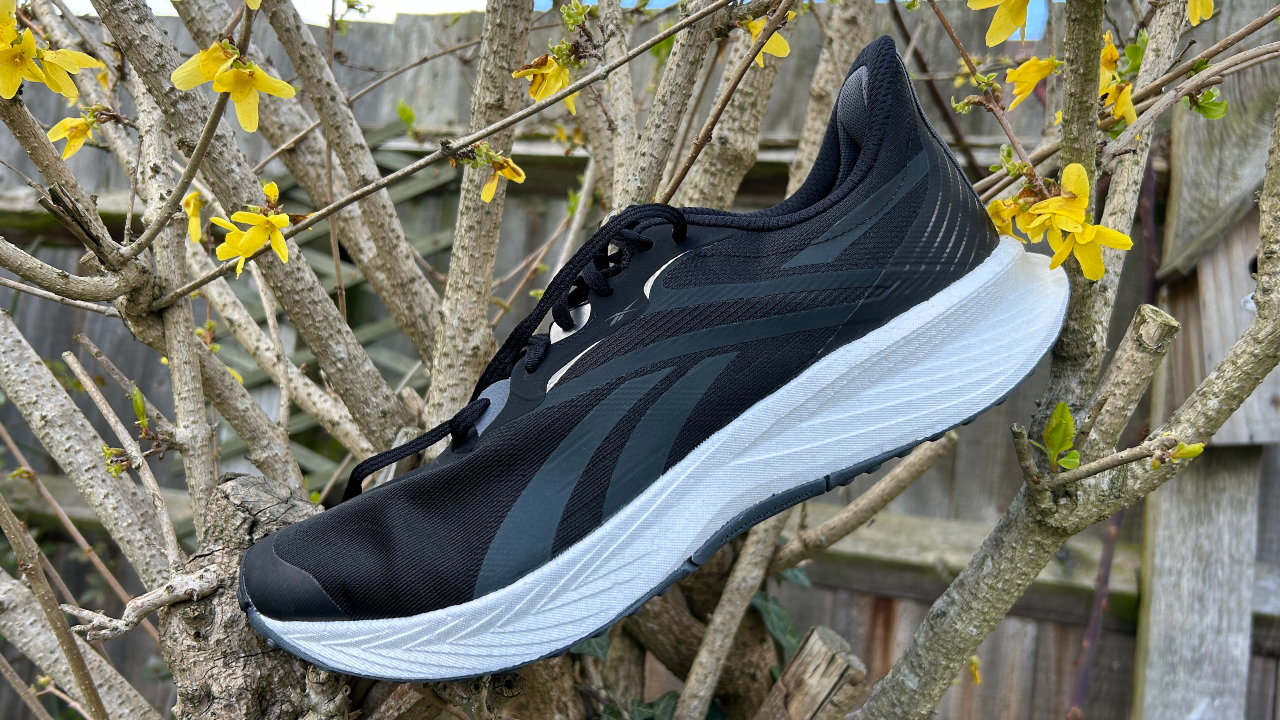Our Verdict
I’m not convinced the Reebok Floatride Energy 5 improves on the Floatride Energy 4, but it’s undoubtedly a great daily trainer that’s a strong candidate for runners on a tight budget.
For
- Great value
- Versatile
Against
- Floatride Energy 4 is lighter
- Grip isn’t great in the wet
You can trust Coach
The Reebok Floatride Energy line has always represented value. I rated the past couple of generations as among the best running shoes available because they’re versatile daily trainers that are much cheaper than many other options.
Compared with the Reebok Floatride Energy 4, the fifth edition has more cushioning in the midsole and a more stable design. Overall, I’m unsure if I prefer the 5 to the 4, though it is a reliable all-rounder and one of the best budget running shoes.
Reebok Floatride Energy 5 Review: Price And Availability
The Floatride Energy 5 launched in March 2023 and costs $110 in the US and £85 in the UK. The US price remains the same as the Floatride Energy 4, while the new shoe is £10 more expensive in the UK.
Design And Fit
The updates to the Floatride Energy 5 are mainly in the midsole: It’s now a little higher and wider, and it also contains an X-shaped plate at the midfoot to increase stability by limiting lateral movement.
Despite the extra foam it remains a relatively low-stack shoe compared with most available. It is 27mm high at the heel and 19mm at the forefoot for an 8mm drop. The drop is 1mm lower than on the Floatride Energy 4 because Reebok has added more foam to the forefoot than the heel.

The Speed Shift mesh upper has been tweaked to improve stability. The shoe has an internal heel counter and padding on the collar and tongue, along with a thin toe bumper. I wore a UK size 8.5, which is a half size down on my normal UK 9, and still had plenty of room in the toe box, so I’d consider sizing down. The shoe has a snug fit around the midfoot, so if you have a wide foot it may be a little tight in that area.
Aside from a kite-shaped midsole cut-out towards the back of the midfoot, the shoe has a full rubber outsole with small pellet-shaped lugs. I found that it slipped a little on wet pavements and I needed to be cautious when running fast in the rain.
Sign up for workout ideas, training advice, reviews of the latest gear and more.
The changes to the shoe have increased its weight: the Floatride Energy 5 is 9oz/256g in a UK size 8.5, whereas the Floatride Energy 4 is 8.8oz/250g in the same size. It’s still a light shoe though, mainly because it doesn’t have a high stack of cushioning.
How I Tested This Shoe
I’ve run 30 miles/50km in the Reebok Floatride Energy 5, using it for training runs at a mix of paces. I have also tested the Floatride Energy 4 and Floatride Energy 3, as well as Reebok’s carbon plate running shoe, the Floatride Energy X.
Running Performance

As with its predecessor, the Floatride Energy 5 is a versatile running shoe that provides enough comfort for easy runs, while being light and responsive for tempo runs and interval sessions. I was happy using it for most of my runs during a typical training week, and enjoyed the balanced ride it delivered.
The Floatride Energy foam in the midsole is firm, and on longer runs the lack of cushioning under the forefoot means that it’s less comfortable than shoes with higher midsole stacks. However, the relatively low profile means it feels nimble and fast on shorter runs.
On faster runs the midsole doesn’t have the energy return of the best foams on the market, and there isn’t a pronounced rocker on the Floatride Energy 5 to roll you along. It gives a snappy ride for short, fast stuff, but it’s not as good for longer fast runs where I’d prefer to be in a shoe with a livelier midsole, such as the Puma Velocity Nitro 2 or a rocker like the Hoka Mach 5.

I didn’t notice the new X-shaped plate on the run, but the redesigned upper holds the foot more securely. I’m not convinced these changes improve the shoe and I prefer the more relaxed fit of the Floatride Energy 4—and the fact it’s lighter than the new shoe.
The outsole grips fine for the most part, though I had traction trouble on one run during a torrential downpour, especially when I sped up in the latter stages of the run. I don’t recall any such problems when testing the Floatride Energy 4.
Is The Reebok Floatride Energy 5 Worth It?
Despite the increase in the UK price, the Floatride Energy 5 is one of the best-value running shoes available. It’s a stable and durable all-round shoe that I recommend to runners on a tight budget who use one pair of shoes at a time, rather than multiple pairs in rotation. If you have a rotation then the Floatride Energy 5 will fit in as a daily trainer alongside a softer, more cushioned shoe for easy days and a faster option for key workouts and races.
If you like more cushioned, softer shoes then the Floatride Energy 5 may be too firm for you, especially for longer runs. There are also daily trainers that I find more versatile, such as the Hoka Mach 5 and New Balance FuelCell Rebel v3, which are more comfortable and better for fast runs—though they’re more expensive than the Floatride Energy 5.

There are also great alternatives for a similar price. The Puma Velocity Nitro 2 is a shoe I enjoy more than the Floatride Energy 5 for any type of run, and it has a better outsole that grips well in the wet. The Velocity Nitro 2 is less stable than the Floatride Energy 5, but if that’s not a concern, I’d get the Puma—even if it is slightly more expensive at $120/£100.
Another good-value option is the Kiprun KS900 Light from Decathlon. It’s more comfortable than the Floatride Energy 5 for easy runs and light enough for speedy training, though the Reebok is better for the fast stuff. If you can find the Floatride Energy 4 on sale then I’d pick that up ahead of the new shoe, since I didn’t find the updates improved the Floatride Energy 5.

Nick Harris-Fry is a journalist who has been covering health and fitness since 2015. Nick is an avid runner, covering 70-110km a week, which gives him ample opportunity to test a wide range of running shoes and running gear. He is also the chief tester for fitness trackers and running watches, treadmills and exercise bikes, and workout headphones.

